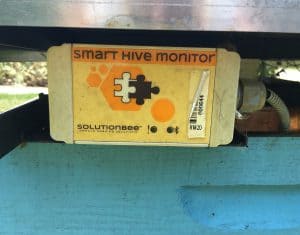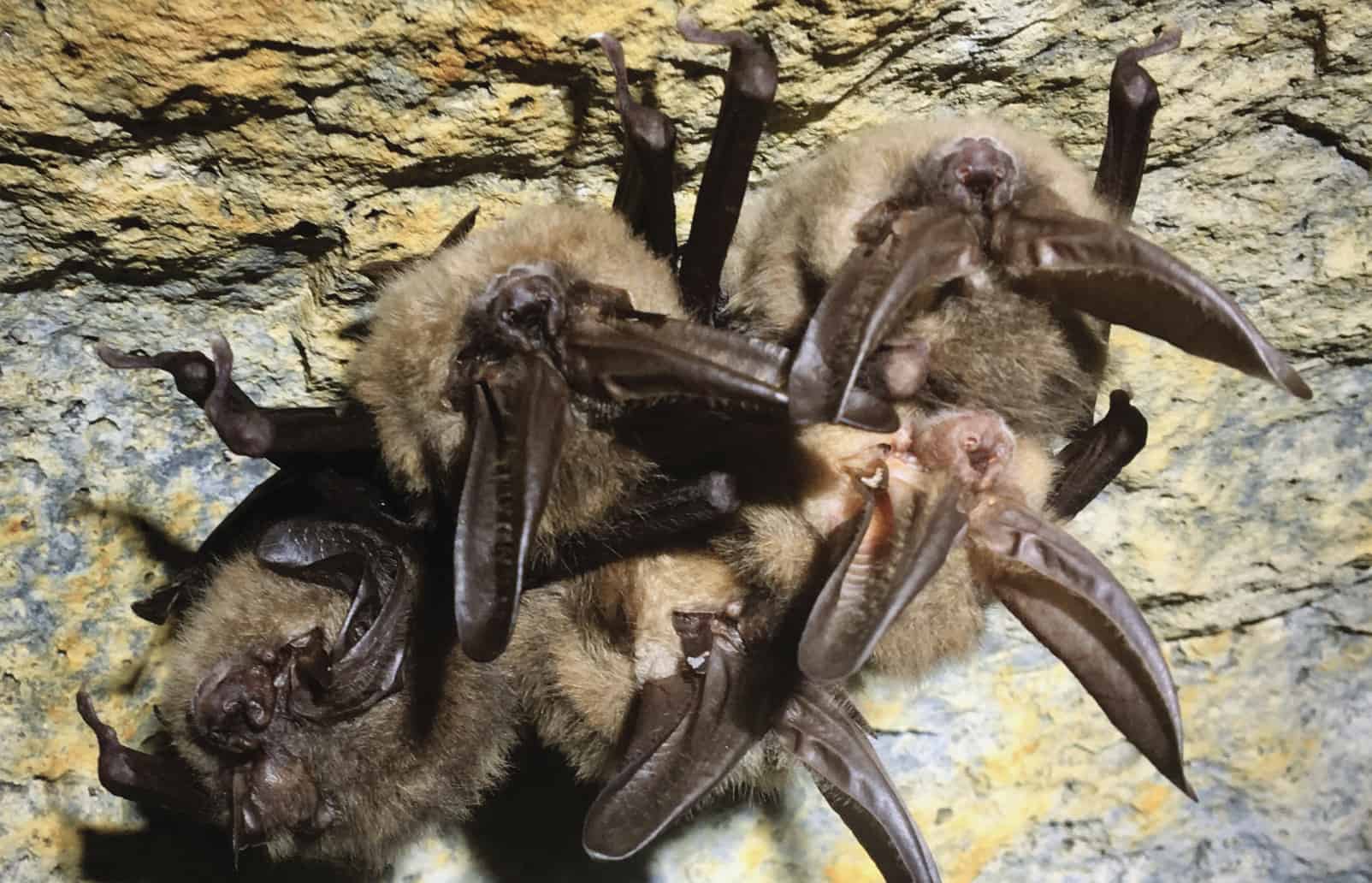Share this article
Hive scales point to North Carolina bees’ nectar sources
A year ago, beekeepers throughout North Carolina outfitted their apiaries with hive scales provided by the Bayer Bee Care Program. In a growing initiative, these citizen scientists are weighing hives and gathering important information on the availability of nectar resources to pinpoint the best places for bees to prosper and the times they need supplementation in the transforming environment.
“It’s a great opportunity to understand the landscape, how it’s changing and how that’s affecting bees,” said Annie Krueger, a pollinator safety research associate with Bayer U.S. Crop Science. “The weight of a beehive is mostly going to be the amount of honey they’ve produced. To produce a lot of honey, they need a bounty of nectar. Hive weight is a proxy for nectar availability.”
Starting in April, Krueger and her colleagues distributed electronic hive scales to about 40 beekeepers across roughly 25 counties. They now have over 100 beekeepers in almost half the 100 counties in the state working on the project. All they have to do is slide the scales under their hives and upload the values recorded to a shared database every week, from which they can download and investigate anyone’s results as they’re submitted. Krueger’s team looked for broad-scale patterns in the hive weight data and used GIS mapping to identify the vegetation at foraging spots within one and three miles of each hive to find out if certain plants drove weight gain in hives.
“In the Central Piedmont region, hives gain a lot of weight in early spring because the nearby forests are full of tulip poplars and other nectar-producing trees — a major floral resource for the bees,” Krueger said. In less urban areas to the east, hives near cotton and soybean crops “put on an absurd amount of weight” when other hives were not, she said, even in late summer, when nectar is thought to be scarce.
“Their hives were filled with honey when everyone else was burning through their honey stores,” Krueger said, largely because of cotton’s extrafloral nectaries — tiny apertures on the stem that emit a sugary fluid long before the plant blossoms.
“Bees go to those extrafloral nectaries, which means you have longer nectar availability,” she said. “Your hives can put on over 100 pounds of honey during that time. Those who keep hives near cotton never have to feed their hives when everyone else has to feed theirs pounds of sugar water.”
The citizen science aspect has made it a fun project, Krueger said. “I have beekeepers printing out graphs of hive weight, running up to me and saying, ‘look how much honey I pulled off.’ They’re accounting for management changes affecting weight. To see that many people engaged in science is exciting. It’s fun to come together as a beekeeping community and explore this.”
But it’s also an important one. Learning what’s optimal for honey bees is significant to the conservation of pollinators more generally, Krueger said.
“Honey bees are a good surrogate for a lot of pollinators,” she said. “If they’re exploiting a nectar resource, that means there’s nectar on the landscape for other bee pollinators. They can tell us a lot about where fine nectar resources are and where bees are doing best.”
Header Image: Krueger, a Bayer U.S. Crop Science researcher, crouches next to a North Carolina beehive. ©Annie Krueger









